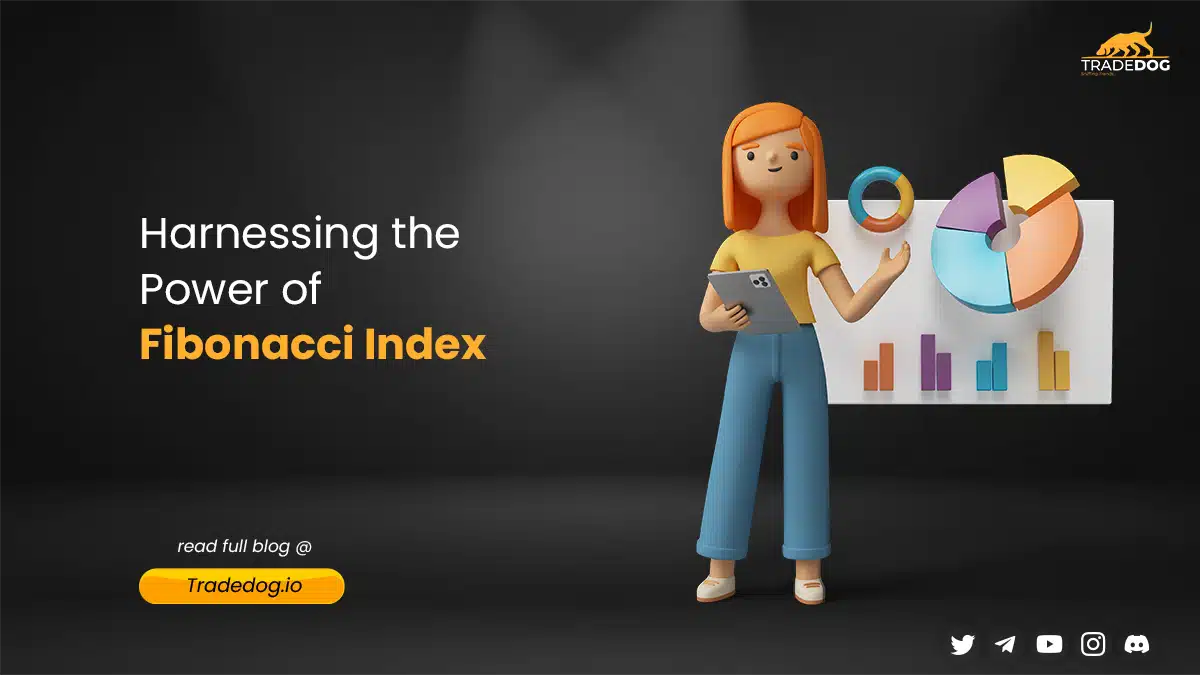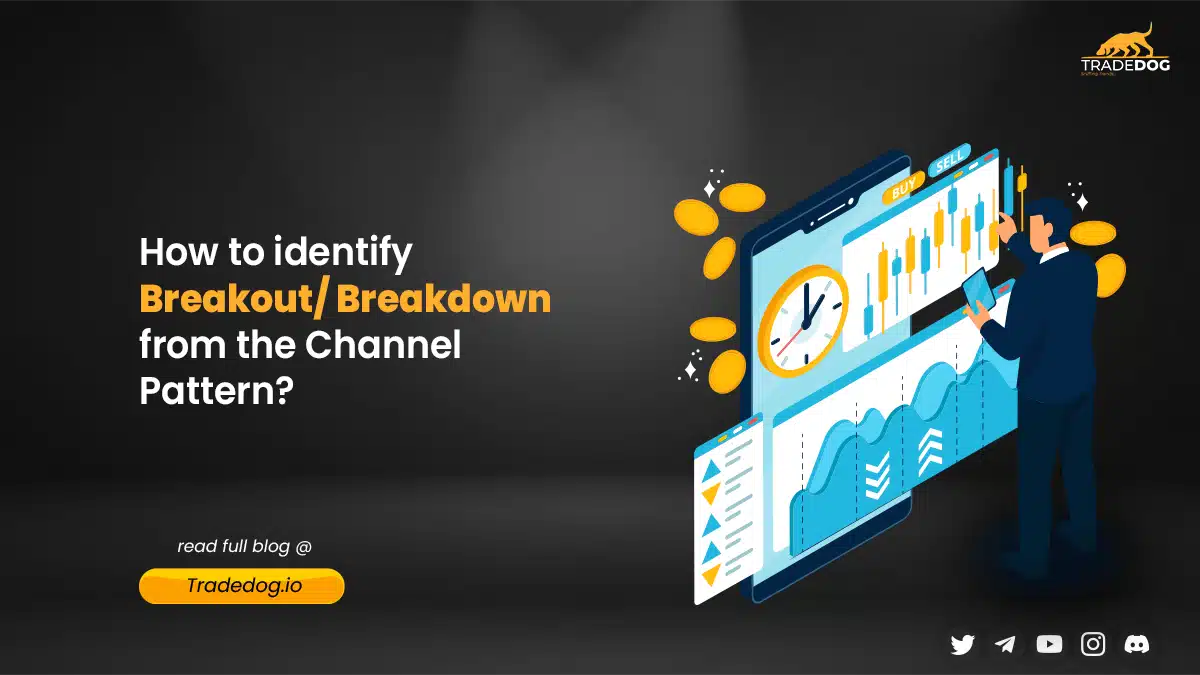Orders are the foremost thing before initiating any trade on the asset of your choice. One of the most common types of orders in crypto markets is ‘limit orders’ that enable users to buy and sell digital assets at a given price. There are many order types for different traders that depend upon their specific need and risk appetite. Traders can also leverage stop-loss which protects their capital from losses when the price swings abruptly. Traders can utilize many trading strategies and initiate the order of their choice to get a seamless trading experience on the best of exchanges
Let us find out how to execute advanced and basic orders as opposed to just buying and selling your preferred crypto assets.
- Market Orders
The Market order is a simple order which when executed results in an open position in the market. It will, however, be cancelled if the price set executes immediately. These orders are made when one gives priority to the execution over the price at which the order is going to be executed.
The trader will have to pay extra if the price suddenly changes considering crypto volatility, for instance, if you place an order for 1 bitcoin at $9000 and the price abruptly surges to $9020, you will have to pay an extra $20 at the current market price.
- Stop Orders
A stop order executes a trade at a given price. They can only be activated once the stop level has been reached and are split into two types which are ‘Buy Stop Orders’ and ‘Sell Stop Orders’. The former is placed above the market price whereas the latter remains below that.
Once the Stop level is reached, the same order converted to a market order. If you supposedly have an open trade for bitcoin at a market price of $9020, you can enable a stop loss at $9000. If the price of bitcoin falls to the set price, your stop becomes a market sell order and executes automatically thus protecting your capital even when you’re not watching. If the price doesn’t dip to $9000, nothing happens and your trade is still active.
Binance Academy
- Limit Orders
A limit order is usually placed to set a lower limit to what the trader wants to buy. It depends upon the number of funds in your accounts which mandates the buying limits to what the trader has set for himself. A limit order will not be executed if the price set by the trader cannot meet the desired outcome. Traders have the leverage of setting a limit on the length of the time a trade can be active before cancelling it.
4.Icebergs
Wiki
‘Hidden orders’ or ‘Iceberg orders’ are large orders that are divided into smaller limit orders for the purpose of hiding the actual order quantity. They are also referred to as ‘reserve orders’ and are usually done through automated programs. These orders are mainly used by institutional investors to buy a large number of cryptocurrencies without signalling any such move in the markets. Their entire order is masked behind a small portion which is visible on level 2 order books of exchange at any moment in time.
- Trailing Stop
Bybit
A trailing stop is set below the current market price for selling, and above the current price for buying.
For every ten cents that the price moves forth, the trailing stop would move ten cents too. So if you are holding long and the price moves by ten cents, your stop loss also moves ten cents but, if the price starts falling you stop loss becomes stationary. This ensures that you stay in profits with the help of a trailing stop loss. One of the key advantages of the trailing stop is that it allows you to lock in profit rather than hold on to stop for too long.
The Balance
- Bracket Orders
Coincrunch
The bracket order executes a new trade that consists of a target price along with a stop loss. Brackets involve the execution of two or more orders when the trader executes the main order. For example, if you are buying 1 btc at $9000, you put you stop loss at $8500 and book your profit at $10,000 which turns this order into a semi-automated bracket order that will ensure buying, profiting and minimising any risks involved in just a click.
7. OCO/OSO/OCA
An opposite entry order to an existing one
Good Audience
‘One Cancels the Other’ or ‘One Sends Other’ or ‘One Cancels All’ are conditional orders that combine two entry orders. OCO enable traders to sell at higher prices or place a stop limit to sell if it goes below a certain threshold price. It basically contains two components which are limit and stop-limit. The trader can benefit from the limit as selling for profit and stop-limit for minimizing losses if prices crash.
8. GTC
Good-Till-Canceled is a conditional order until filled or manually cancelled. This order is for the traders who have specific price targets. Jake, a crypto trader, decides to buy 1000 BTCUSD contracts, but the current price of 1 btc is circa $9,000 which is quite huge. Jake then sets a GTC limit to buy in at $8,000. A few days later, thanks to the volatility, the order is executed as the price falls to the predetermined level set by Jake. But if the prices keep soaring, Jake’s GTC order will be pending and will never be fulfilled and in the end, he has to cancel the contract.
9. Immediate-or-cancel
IOC or immediate or cancel order requires the entire or a part of the order to be executed immediately while any unfulfilled part of the same order is cancelled. Any partial fills must be immediately filled or cancelled and if remain unfulfilled it will be deleted and removed from the order book.
Placing and initiating orders on exchanges is a hassle-based process. Having a sound knowledge about varied orders that one can carry out on exchanges and trading platform is necessary to survive in the volatile markets. TradeDog helps beginner traders select investments that align with their risk tolerance and enable them to garner risk-adjusted returns.
Read our other articles on our blog so that you can couple different risk mitigation strategies and merge them with a sound headspace to always trade risk-free.
10. TWAP orders
Time-weighted average price (TWAP) is the average price of an instrument over a specified time. TWAP orders serve the purpose of minimizing the market impact on basket orders. A TWAP order is executed with random and frequent buying and selling of the digital currency to ensure profitable trade at the end of the time cycle. TWAP orders are highly profitable when the trader executes them on crypto exchanges over short time durations.
Placing and initiating orders on exchanges is a hassle-based process. Having a sound knowledge about varied orders that one can carry out on exchanges and trading platform is necessary to survive in the volatile markets. TradeDog helps beginner traders select investments that align with their risk tolerance and enable them to garner risk-adjusted returns.
Read our other articles on our blog so that you can couple different risk mitigation strategies and merge them with a sound headspace to always trade risk-free.
Follow our social updates here
Website Telegram Twitter Facebook Pinterest Youtube Instagram



















